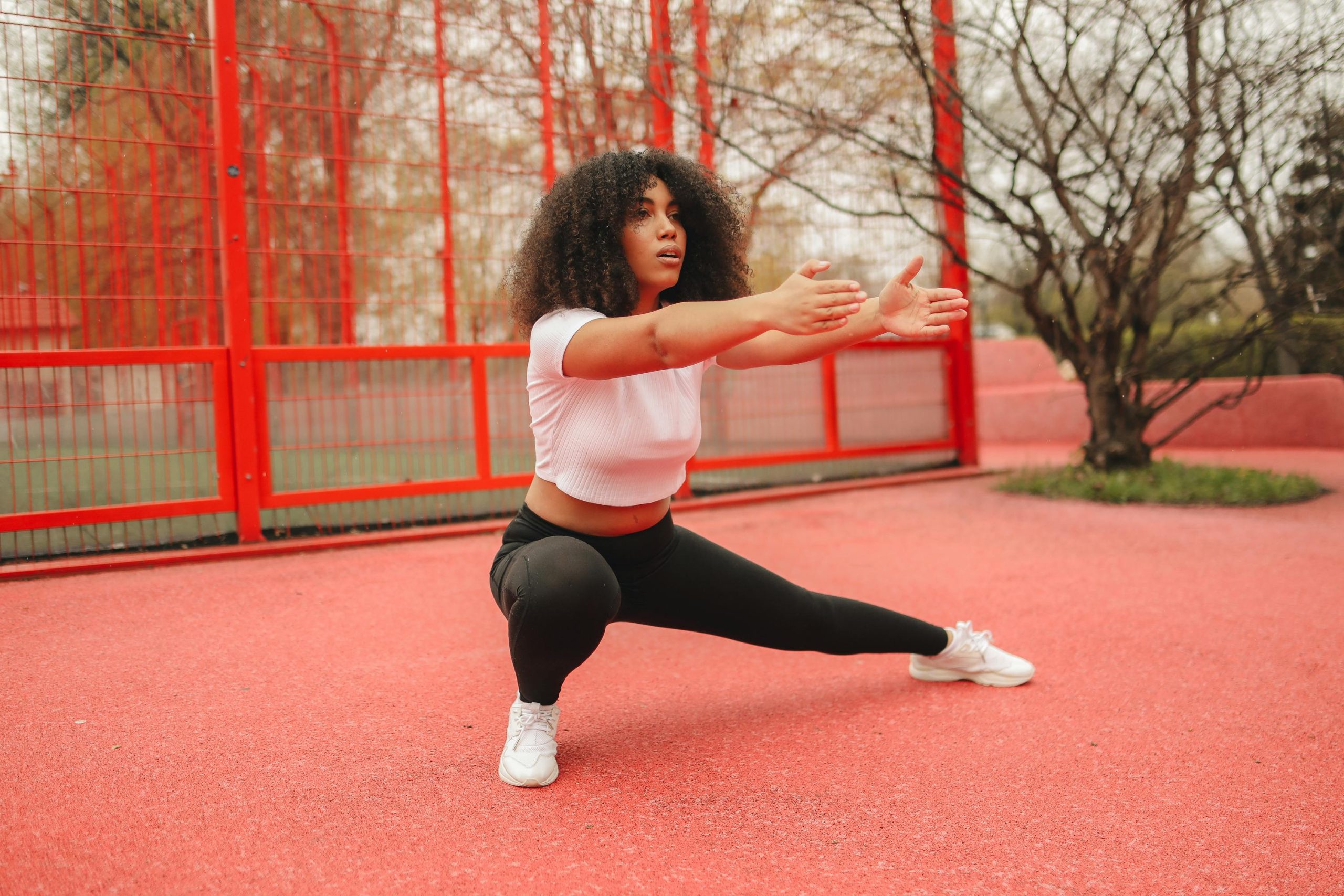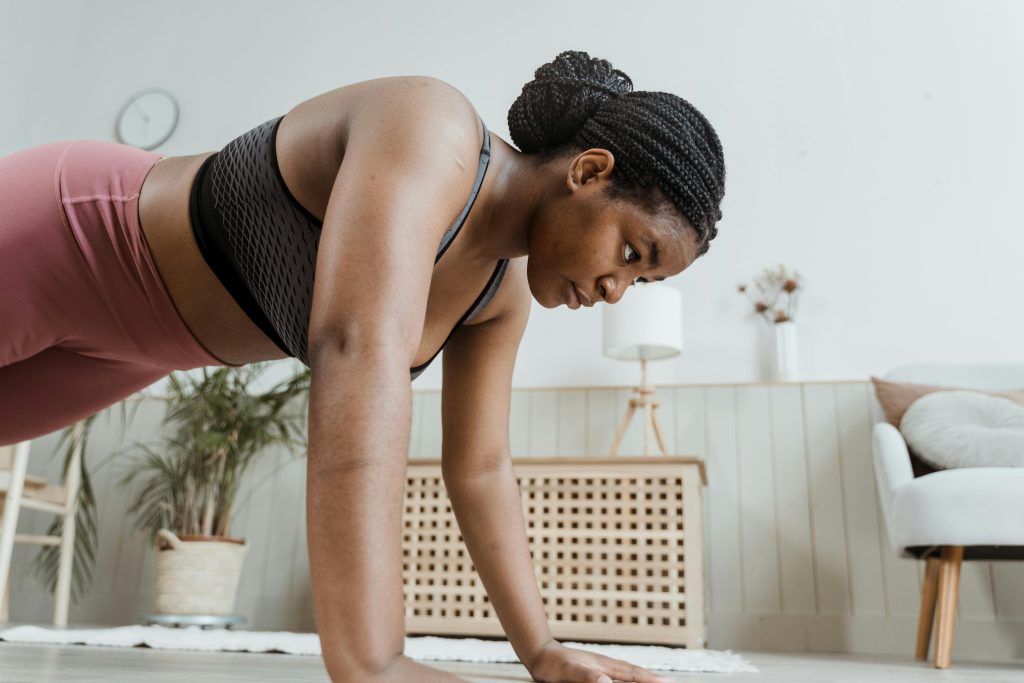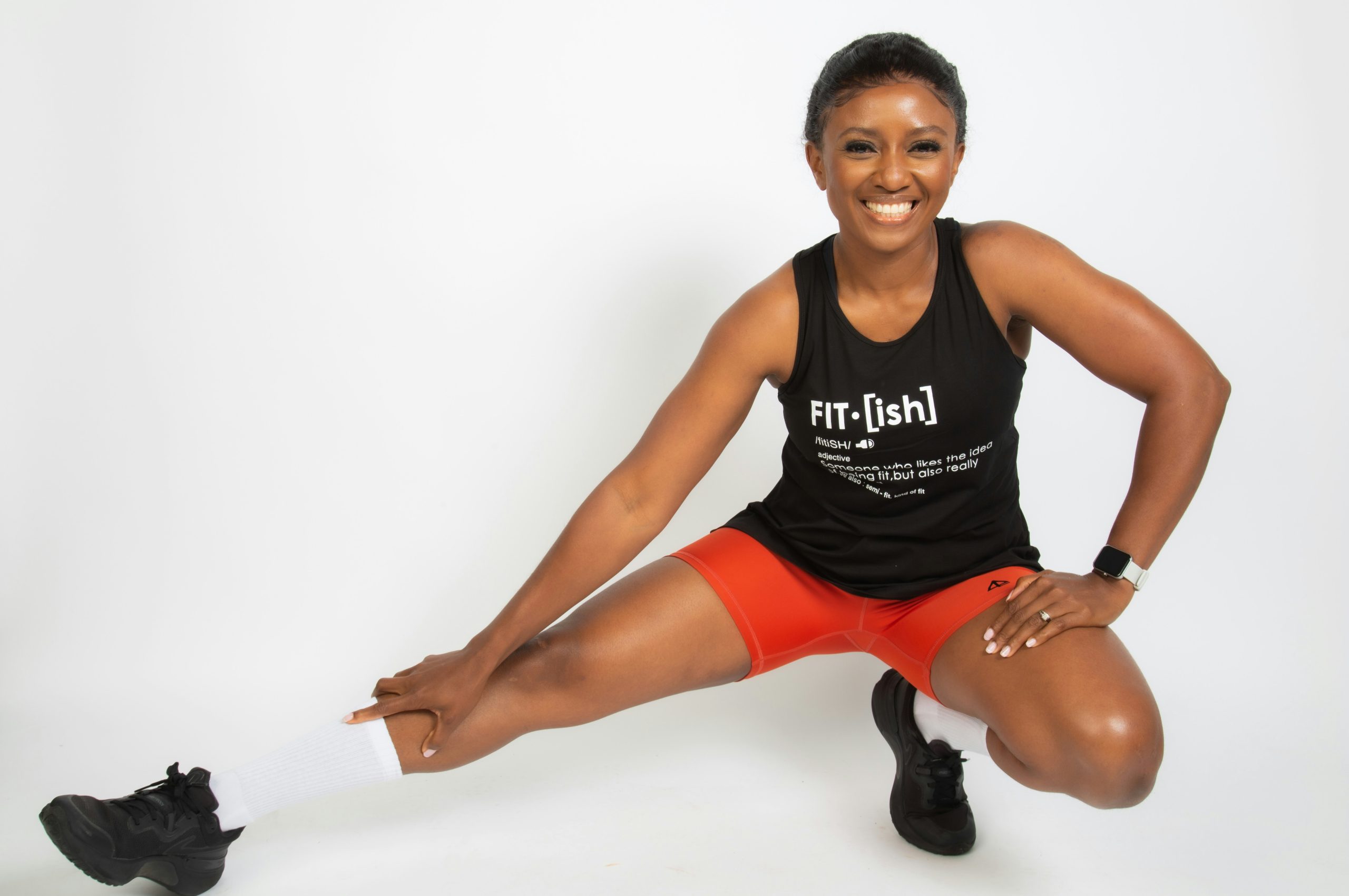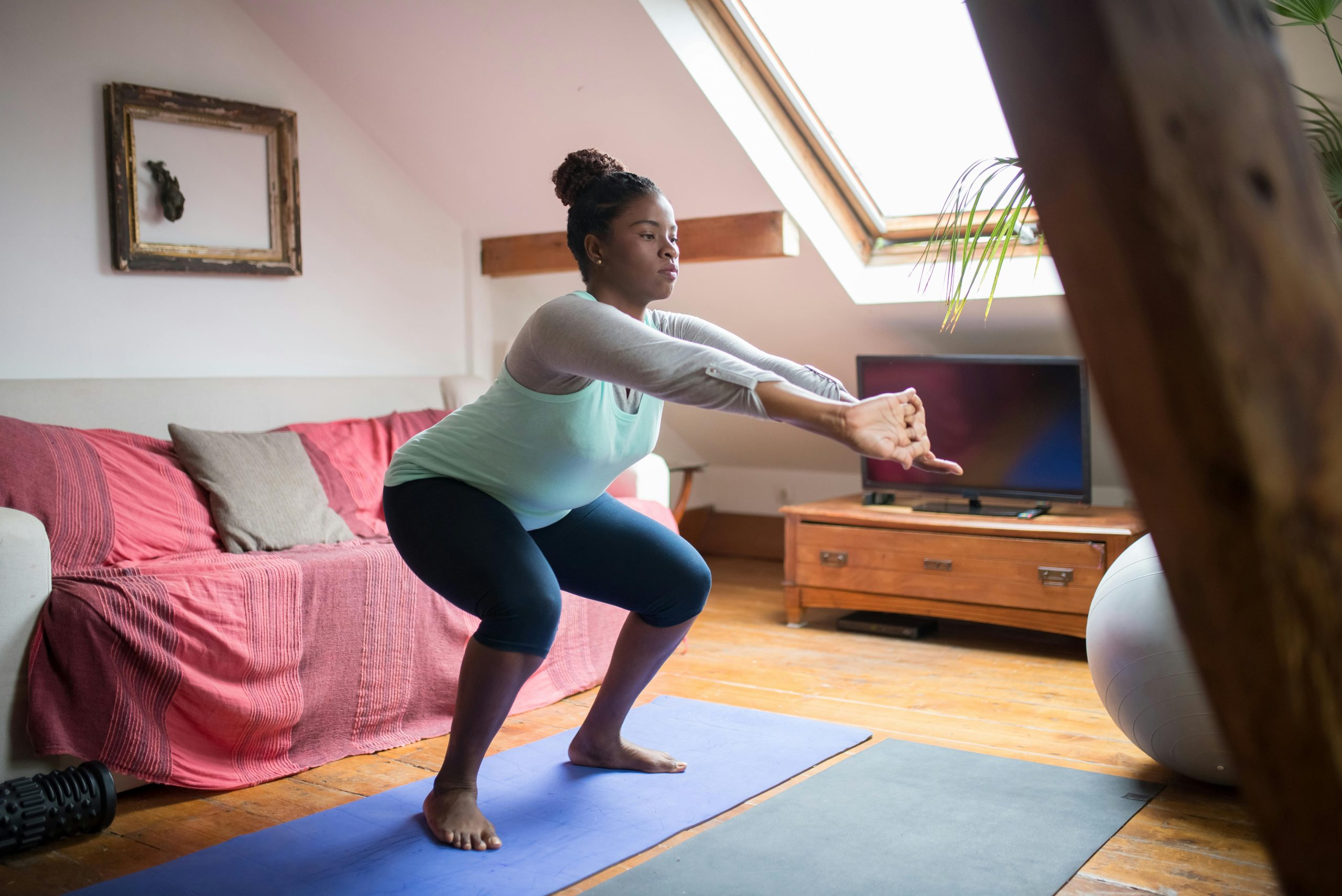You should see how serious my mechanic is when he warns me not to let my bike idle for too long. He always says the engine oil and radiator coolant need to keep circulating, or else you’ll risk damaging the engine. Every time he says this, I think about the human body and how it constantly needs maintenance and movement. I live by the notion that being born is like buying a new engine, and how long it lasts depends on how often and how well you service it. One of the most basic and essential ways to care for your engine (your body) is through movement.
The key to movement starts with the knees—the largest joint in your body, responsible for every step you take. You’ve probably been advised that repetitive actions, like running, can hurt your knees. What they didn’t tell you is that treating this important part like a key component of your engine will keep you moving freely and happily. And that’s the Ronchez way—believing that true happiness comes from not running away from problems but becoming well-rounded in endurance, mobility, and strength. Focusing on the following areas will help ensure happier, healthier knees in the long run:
Take Care of Your Cartilage
Cartilage is the flexible, tough tissue that cushions the knee joint and helps bones move smoothly. If you don’t care for it, cartilage can wear down, causing pain and stiffness. Strengthening the muscles around the knee—especially the quadriceps and hamstrings—is key to protecting your cartilage. Strong muscles will help distribute the force of movement, allowing the synovial fluid (which lubricates the joint) to do its job more effectively. This fluid helps the cartilage glide smoothly, preventing friction and damage. It’s one of the reasons cardio activities like dancing are so beneficial—they stimulate the production of synovial fluid.
To keep your cartilage healthy, be sure to get plenty of vitamin C, vitamin D, vitamin K, and omega-3 fatty acids. Foods like citrus fruits, green leafy vegetables, fatty fish, and nuts are great sources of these nutrients.
Strengthen Your Ligaments
Ligaments in your knees are strong connective tissues that provide stability, prevent injury, and help protect your joints from moving too far in unnatural directions. To keep these ligaments strong and prevent injury, incorporate resistance training into your routine—exercises like squats and lunges. Activities that involve jumping, hopping, and stretching also help strengthen the ligaments. And don’t forget the importance of wearing the right shoes to support proper alignment and reduce stress on your knees.
A diet rich in calcium, vitamin D, magnesium, and vitamin K can also support your ligaments. Calcium-rich foods include dairy products, leafy greens, and broccoli. Vitamin D-rich foods include fatty fish, eggs, and mushrooms. Magnesium can be found in foods like spinach, pumpkin seeds, and dark chocolate, while vitamin K is present in broccoli, asparagus, and cabbage.

Kinetic Chain
The “kinetic chain” refers to the interconnected system of joints in your body—specifically, the hip, knee, and ankle joints. A well-maintained kinetic chain allows for efficient movement and stability during activities like walking and dancing. A healthy kinetic chain reduces the strain on your knees, and exercises like squats engage all three links of the chain simultaneously, helping to protect your knees. Isolating muscles, like with leg extensions exercises, also has its place in your fitness routine, but compound exercises that engage multiple joints at once such as squats are especially beneficial.

Build a Strong Core
A strong core is essential for knee health. It provides stability to the lower body and helps maintain proper alignment, reducing unnecessary stress on your knees. A weak core can lead to improper movement patterns that contribute to knee pain and injury. Incorporating core-strengthening exercises like planks, leg raises, and hollow holds into your routine is key. You can also challenge your core with more dynamic movements like handstands and L-sits.
 Other factors, such as aging and injuries, can certainly impact your knees, but with proper preparation and maintenance, the effects can be minimal compared to someone who neglects their body. Also, follow your doctor’s advice in case of an injury to avoid making it worse when moving. Think of your body as your most valuable asset—investing in its upkeep will pay off in the long run, ensuring both wellness and happiness along the way.
Other factors, such as aging and injuries, can certainly impact your knees, but with proper preparation and maintenance, the effects can be minimal compared to someone who neglects their body. Also, follow your doctor’s advice in case of an injury to avoid making it worse when moving. Think of your body as your most valuable asset—investing in its upkeep will pay off in the long run, ensuring both wellness and happiness along the way.

Remember: “Self love is not selfishness.”


As one who used to have knee issues this article helps me understand the benefits of moving my body and taking care of it through movement.
Thank you so much Shiku for the response! We keep moving😁
A very helpful article. Have been having knee problems, and now I know what to do. Thanks Ronnie.
Welcome Jane and thank you so much for the response! I am glad that you found the article helpful 😁.
For someone who feels the knee pain when running and when squating or lunging should I keep going or be easy on them?
Thank you so much Tessy for asking. Knee pain can be caused by various factors, including muscle imbalances, improper form, or underlying conditions like tendinitis, ligament strain, or patellar tracking issues. Here are some steps you can take to address knee pain:
1. Check Your Form: Ensure your form is correct when performing exercises. For example, when squatting or lunging, make sure your knees don’t collapse inward and your weight is distributed evenly through your feet.
2. Strengthen Supporting Muscles: Weak muscles around the knee (quads, hamstrings, glutes) can lead to instability. Focus on exercises that strengthen these muscles. Work on hamstring and glute activation before squats and lunges.
3. Stretch and Mobilize: Tight muscles, especially in the hips and calves, can contribute to knee pain. Incorporate stretches for the hip flexors, hamstrings, quadriceps, and calves.
4. Use Proper Footwear: Make sure you’re wearing supportive shoes for running or exercising. Poor footwear can exacerbate knee pain by altering your body’s alignment.
5. Gradual Progression: If you’ve recently increased the intensity or frequency of squatting, lunging, or running, slow down and build back up more gradually.
5. Consider Low-Impact Alternatives: If running is causing pain, try low-impact activities like swimming or cycling, which can help maintain fitness while reducing stress on the knee.
6. Seek Professional Advice: If the pain persists or worsens, it’s important to see a healthcare professional, such as a physical therapist, for a proper assessment. They can help identify the underlying cause and provide targeted exercises or treatments.